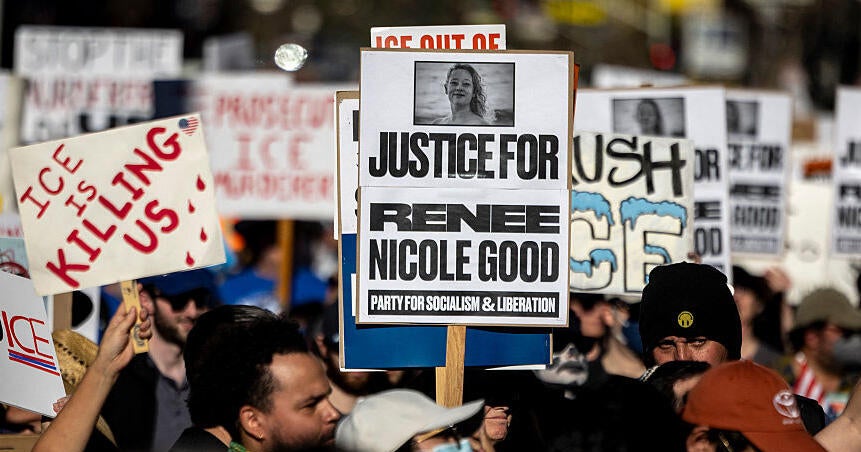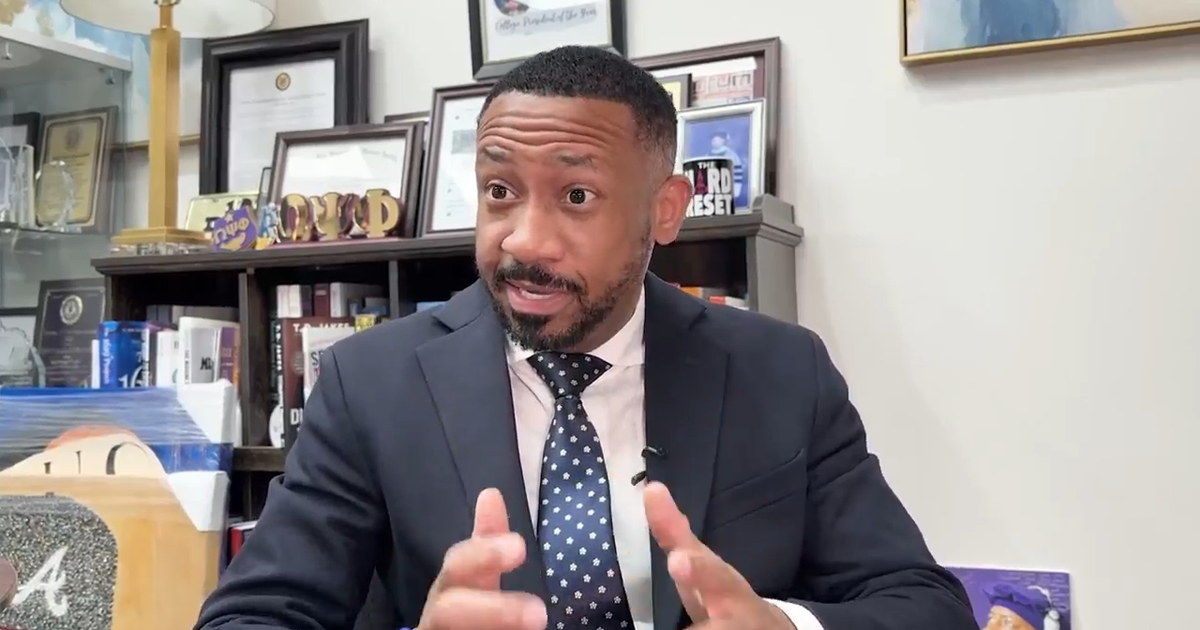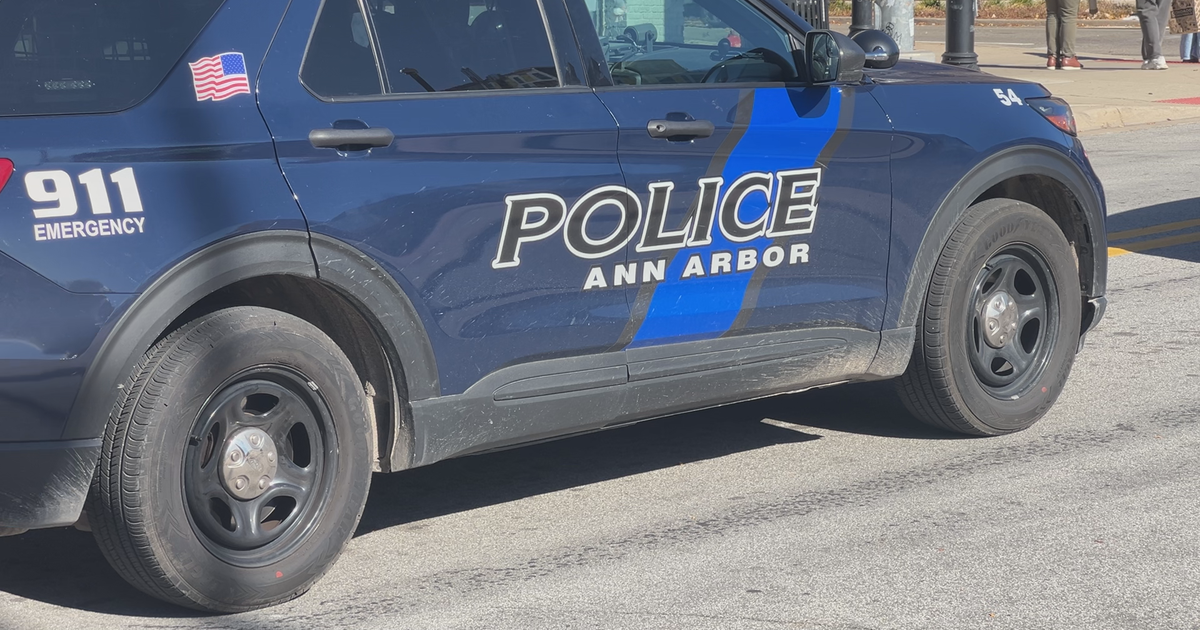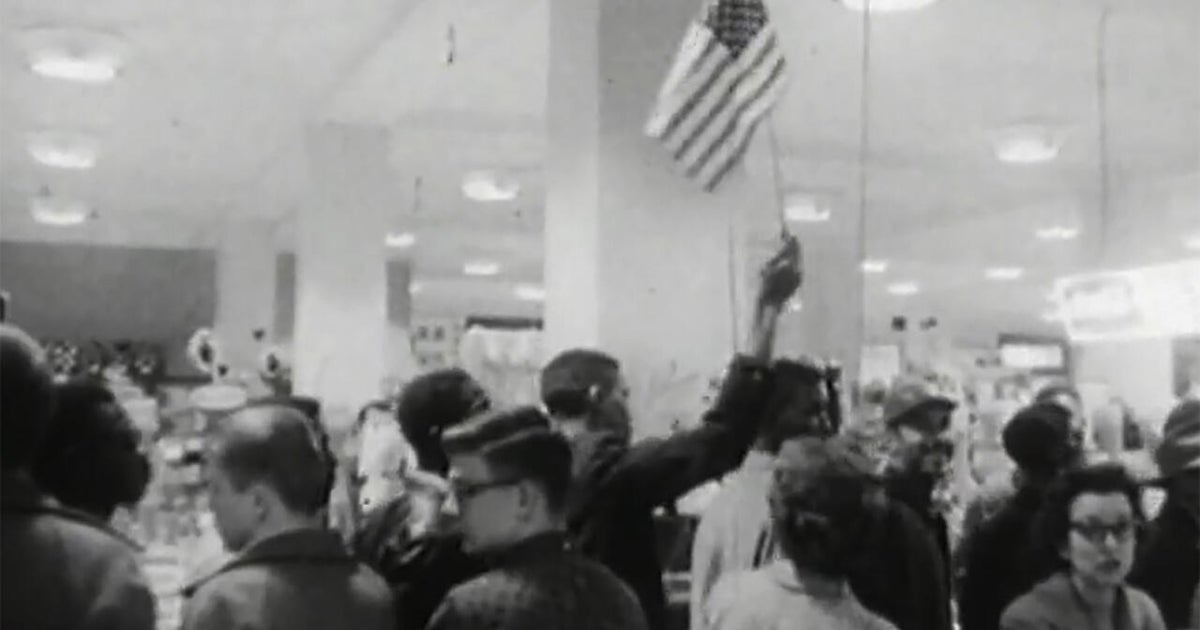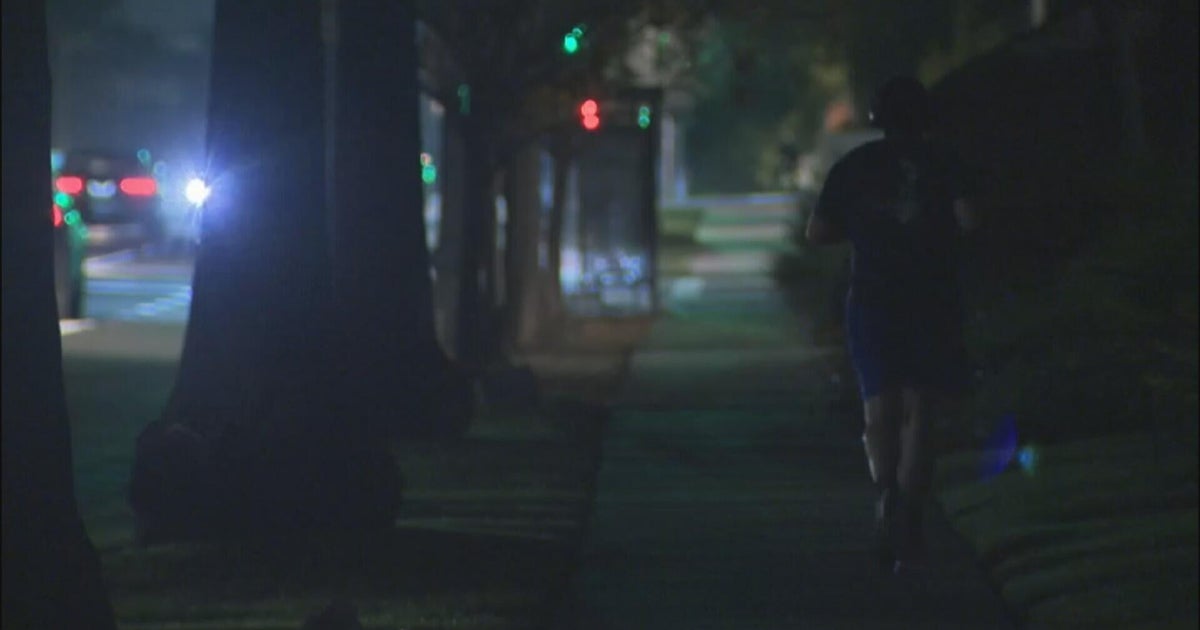'Clinton 12' member Jo Ann Boyce discusses integrating Tennessee school
This Black History Month, we look back 67 years when a dozen black students were finally able to walk to their local school, instead of taking a bus 20 miles to another town to attend a Black school.
The Brown v. Board of Education Supreme Court case in 1954 opened the door for these students, but the welcome mat was never rolled out.
Jo Ann Allen Boyce describes the day that she and 11 other students made history.
"Very anxious because we didn't know how we were going to be received. We were thinking about that a lot, how the kids were going to treat us on that first day," Boyce said.
It was August 1956 when the 12 black students entered a white school in Clinton, Tennessee, integrating Clinton High School. They would soon be known as "The Clinton 12," trailblazers following the Brown v. Board of Education ruling.
Boyce says that first day was rather quiet. She says each of them was separated into a different class.
"All eyes were definitely on me, and I'm sure my classmates felt the same way," Boyce said.
She described the mixed reaction from the white students.
"Some people were looking at you like 'OK, this is OK,' and others were looking at you like 'I don't want her to be here.'"
By the second day, the mood had certainly changed. She explained it all during an interview back then: "They didn't want us at all. I could just see the hate in their hearts."
"There was a guy came who came to town who began to go around to houses and call people and say things like 'You don't want your kids going to school with these 'N-word,'" Boyce said.
The walk to school was different.
"And people had started to gather and those people yelled dirty words at us and threw things at us. It started to get creepy and scary."
The torment didn't stay outside -- it followed them into school.
In an interview at the time, Boyce said: "When we got inside the school, most of the children were very nice to us. And then there was some, you could tell that they didn't want us there. They put signs on lockers and told us to get out, and they threw paper at us and they shoved us in the halls, they threw chalk at us and said all sorts of nasty things. And it just made me feel bad. And I couldn't concentrate at all on my lessons."
Soon the violence spread through the town and the governor was forced to call in the National Guard.
In the midst of all of the anger and fear and everything that was happening, were there kind people that seemed to welcome you and embrace you?
"Yes, there was one in particular, she was a teacher. Her name was Mrs. Anderson," said Boyce.
She says most of the white students were just too afraid.
"Those who tried to be kind to us were fearful and they backed off."
Of the Clinton 12, only two graduated from there.
When you look back now, do you wish you had stayed or are you glad you left?
"I always wish I'd stayed. I never wanted to leave. When I was 15 my mother said 'We're going.' And what my mother said, we did," Boyce said.
Boyce and her family moved to California. Their departure was captured by a news crew who spoke with her father.
"We're not leaving here with hatred in our hearts against anyone, even those who was against us, we do not hate those people because we realize that those people are just misled," Boyce's father said in an interview at the time.
"I did not want to leave. I did not want to leave my friends, and once I knew how important it was, I wanted to finish what we were doing," Jo Ann Boyce said.
A year later a bomb exploded at Clinton High School.
The two Clinton 12 students who graduated were Bobby Cain, who graduated in 1957, and Gail Ann Epps, who graduated in 1958.
Boyce has written a book about the experience called This Promise of Change: One Girl's Story in the Fight for School Equality. She did a special with her grandson Cameron Boyce, and there is a museum with statues of the Clinton 12 in Tennessee.
"My goal is to continue to tell the story for as long as I can. I want young people to know about sticking to your guns, so to speak," said Jo Ann Boyce. "Don't be fearful. Walk the path that you have to sometimes in order to get the right things done."
